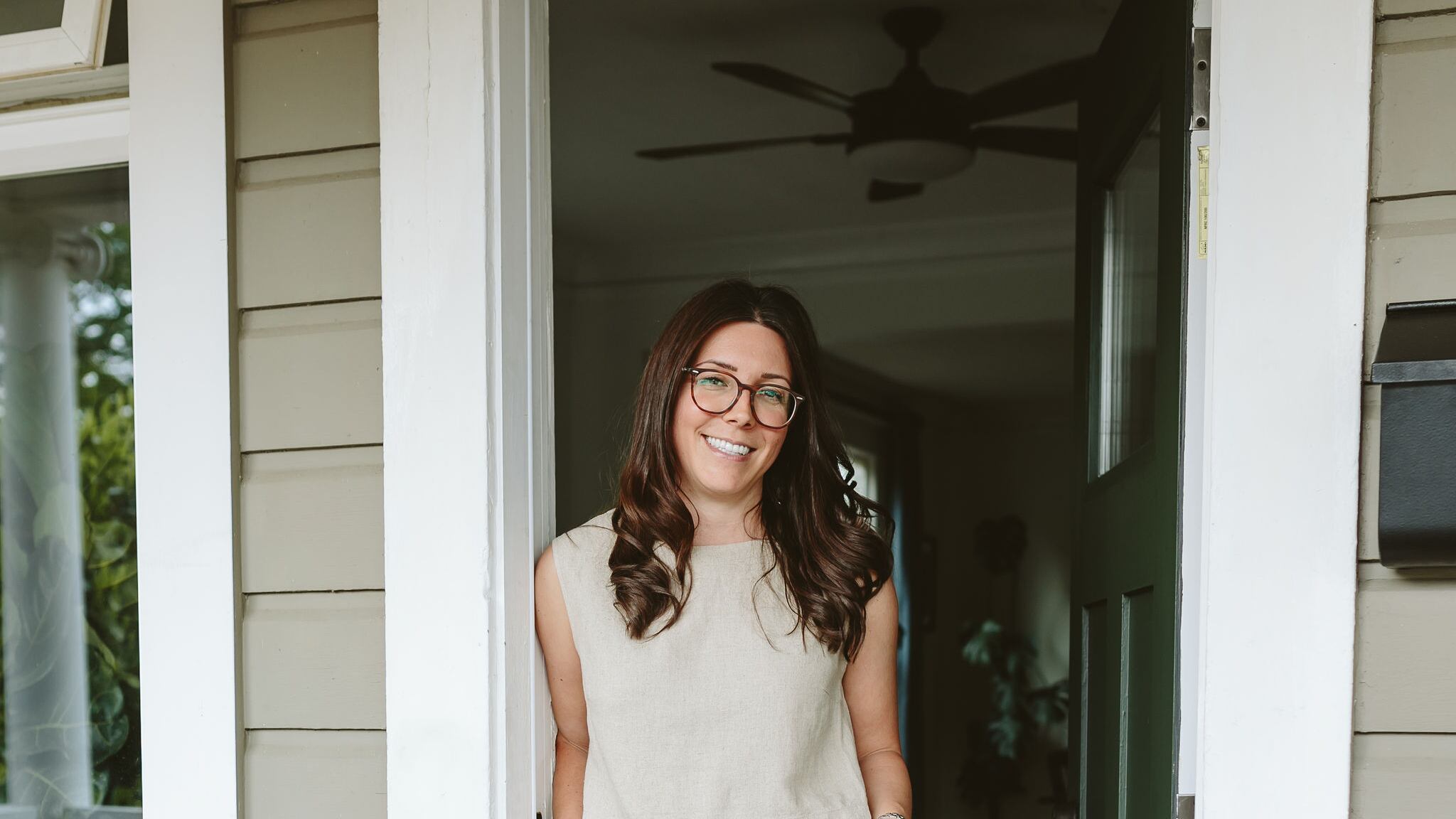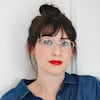It’s a staple of so many horror films—the monster is coming from inside the house.
But this storyline applies more and more to the hidden toxicity of the goods and materials we bring into the environments where we spend most of our time—our homes.
“There isn’t an industry definition on what exactly is toxic,” says Dr. Meg Christensen, the Portland physician behind Interior Medicine, a website where she vets and recommends home products backed by third-party testing. “I never take companies at their word that something doesn’t contain toxins.”
According to the consulting firm McKinsey & Company, the wellness industry is a $2 trillion beast globally, and 84% of Americans list wellness as a deciding factor in what they buy. But most manufacturers are not required to have their products tested by a third party before marketing them as safe and nontoxic, even when they contain nasty, illness-causing chemicals like formaldehyde, lead, or phthalates.
Christensen has become a unicorn in a design field mostly focused on aesthetics—a naturopathic doctor focused on the connections between exposure to chemicals and health.
“What drives me is to follow my curiosity,” Christensen says. “I’m obsessed with how tiny particles can change our lives.”
As a child, she was deeply interested in what she calls “the invisible side of things.” Later, she earned a bachelor’s in biochemistry and biophysics from Oregon State University, earned a certification in healthier materials and sustainable buildings from Parsons School of Design, and became a board-certified naturopathic physician. Recently, she spent a year in a master’s of public health program in epidemiology and biostatistics at OSU, all the while taking design and architecture classes to feed her love of interior spaces.
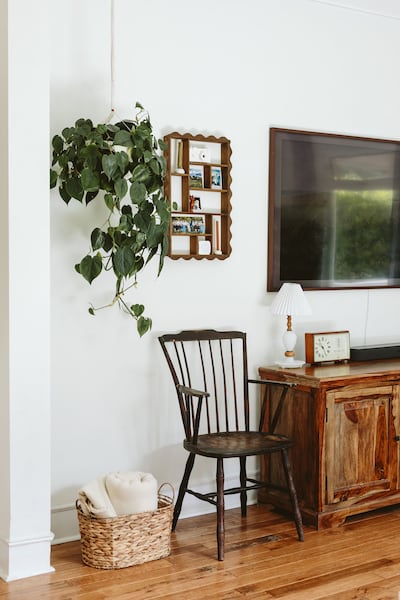
The more you know, the more disturbing it gets. Many of the chemicals used or produced in fast production of home goods are a nasty bunch, containing particles of the big Six Classes of chemicals the Green Science Policy Institute recommends avoiding: PFAS (per- and polyfluoroalkyl substances, sometimes nicknamed “forever chemicals”), antimicrobials, flame retardants, BPA (bisphenol A), and other phthalates, solvents, and heavy metals. Christensen adds to her list nanomaterials, like nanotitanium in pots and pans, and nanosilver in textiles, which are so small they can enter cells and do more harm than their full-particled siblings.
Over time, exposure to these can lead to respiratory issues, cancer, developmental delays, neurological problems, and reproductive dysfunction. These conditions, not easily solved with medications, require daily care and, often, consistent lifestyle changes.
“Exposures are bioaccumulative,” she says. “A little bit probably won’t harm you, but it’s still worth doing your best to reduce exposures whenever you can.”

Christensen launched Interior Medicine as part of a pandemic business, and has moved full time to investigating home products for their safety and recommending companies that use third-party testing to back up their health claims.
Products marketed for the home under the classification “wellness” can be a confusing category.
The consumer marketplace already understands many home product categories to have healthier options—think mattresses, rugs, pillows, flooring, and paint with low VOCs, or volatile organic compounds.
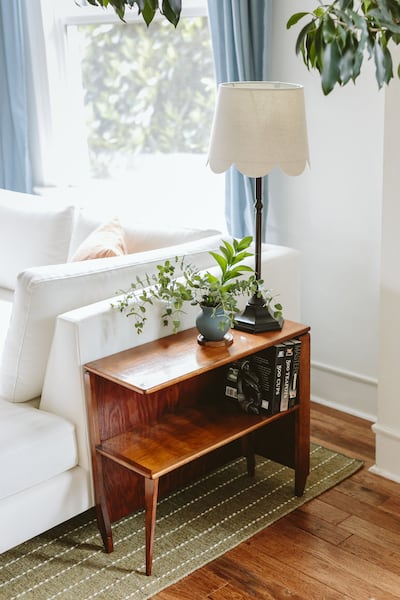
Other products Christensen investigates are more surprising; things like alarm clocks, dish racks, yoga mats, coffee makers, end tables, and desk chairs also come with options that reduce harm by being made with “all-natural ingredients” (another confounding, fuzzy marketing term) and safe manufacturing processes.
What is popular among wellness influencers doesn’t always translate to the lowest exposure, she says. Take the much-Instagrammed Jolie Filtered Showerhead, which removes chlorine and heavy metals from household water and is marketed as a beauty product successful at reducing hair shedding and skin breakouts.
“It’s everywhere on TikTok and Instagram,” Christensen says. “But that doesn’t make it the best choice for your health.”
Instead of just jumping on board with what’s trending, Christensen takes a look at eight different filtering showerheads on her website, getting into the weeds and nerding out over third-party testing. Then she condenses test results into language people can easily understand and assess whether the marketing statements for products align with what the science actually shows.
“The best of these products have been vetted by third parties and publish the studies’ outcomes,” Christensen says. “But so often, it’s the wellness influencers driving consumers to buy based on aesthetics alone—not the data.”
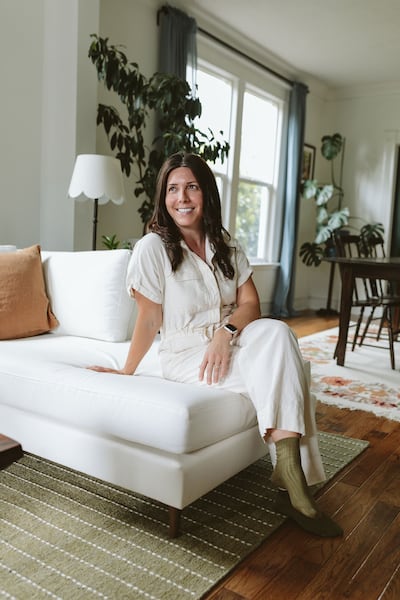
A large portion of Christensen’s work is to assuage people’s fears about dangers in the home that are largely invisible. Four times a week, she gets an email, often from new mothers, frantic about ensuring the entire household, especially its most vulnerable occupants, isn’t being exposed to toxic metals, chemicals, and other irritants.
“My message is always: You’re doing a great job,” she says. “Start with the quality of air in your home. Open the windows at least once every day. Dust more often. Always run the exhaust when you’re cooking.”
But there’s one message she wants to really hammer home when it comes to the potential hazards in our home products in an era of chronic illness and environmental disasters.
“Our homes really are the place where we can adjust the variables to feel calm and in control,” Christensen says. “But this is just one part of your overall picture that creates your health.”
Click here for more Nester Magazine.
Nester Magazine is free, distributed all over Portland, and can be found at these locations.
